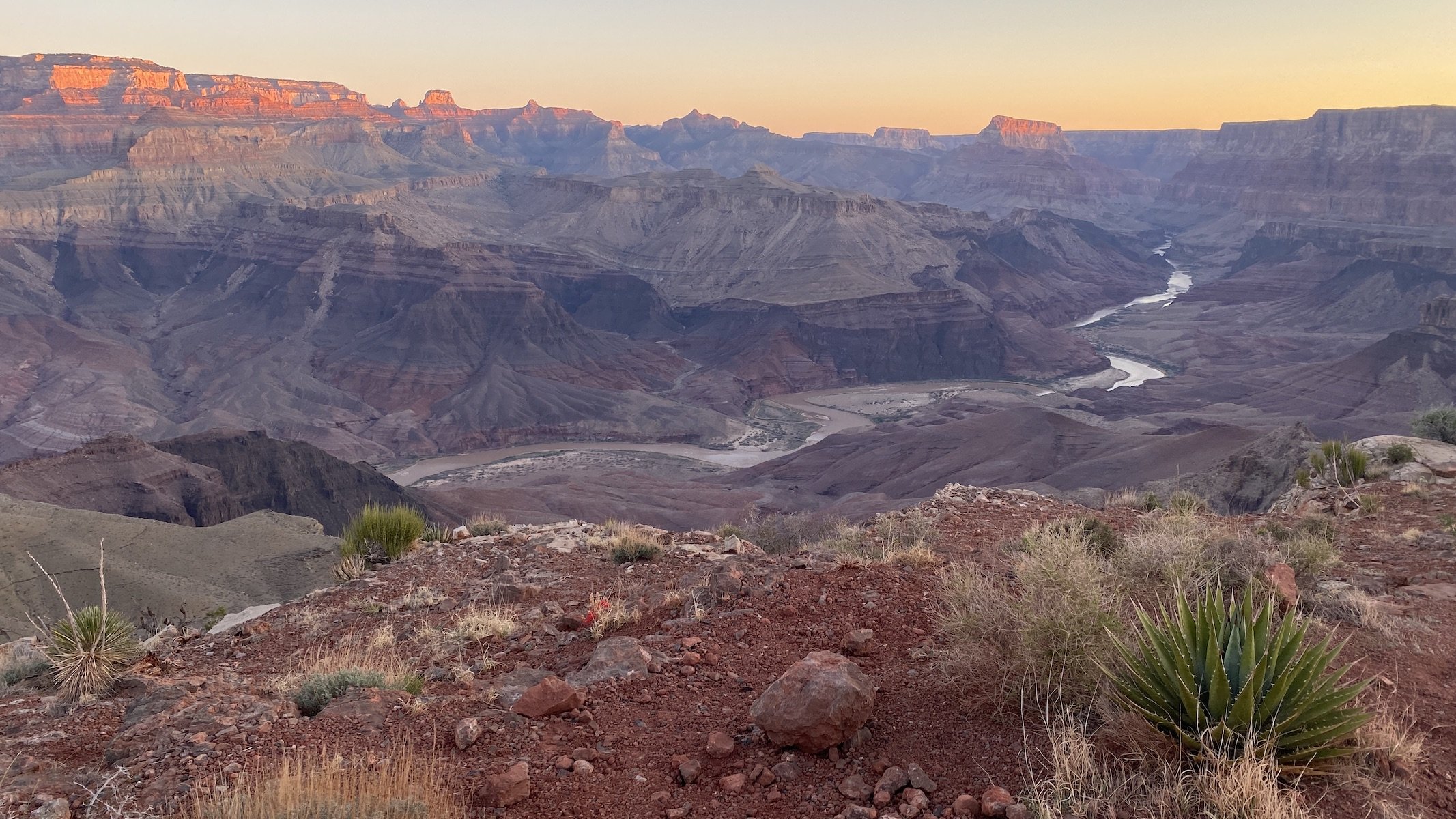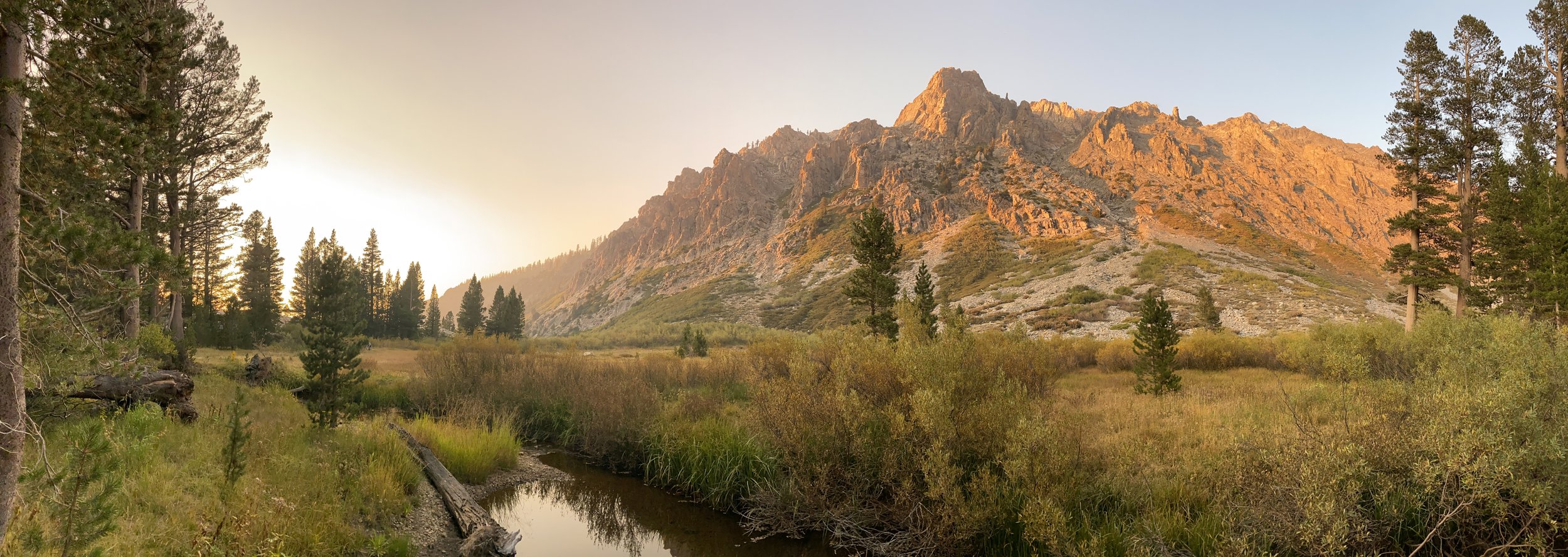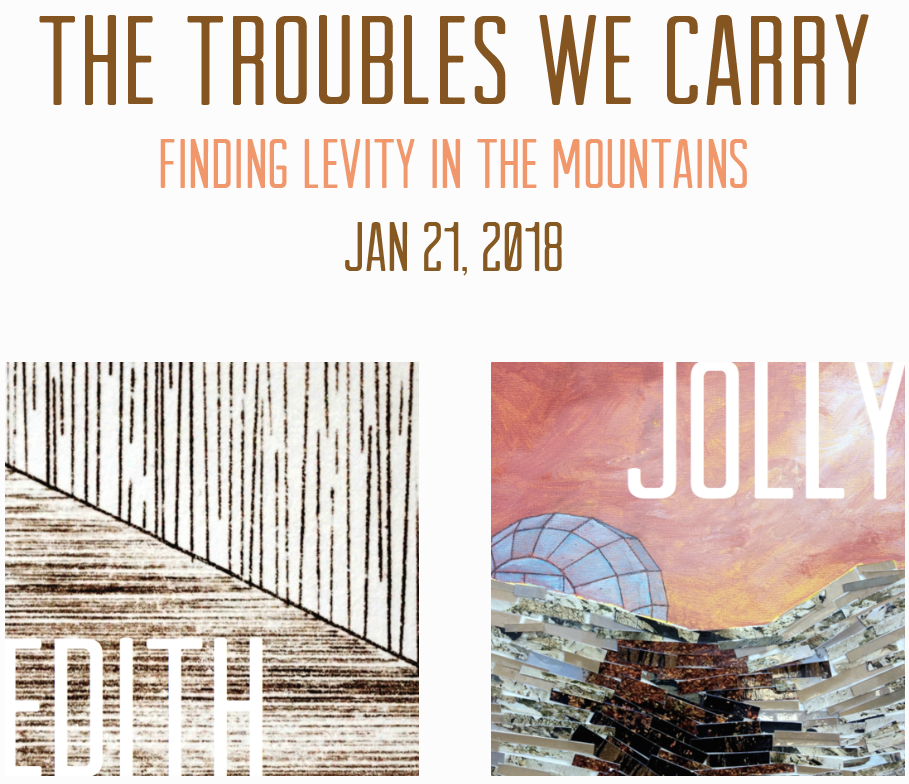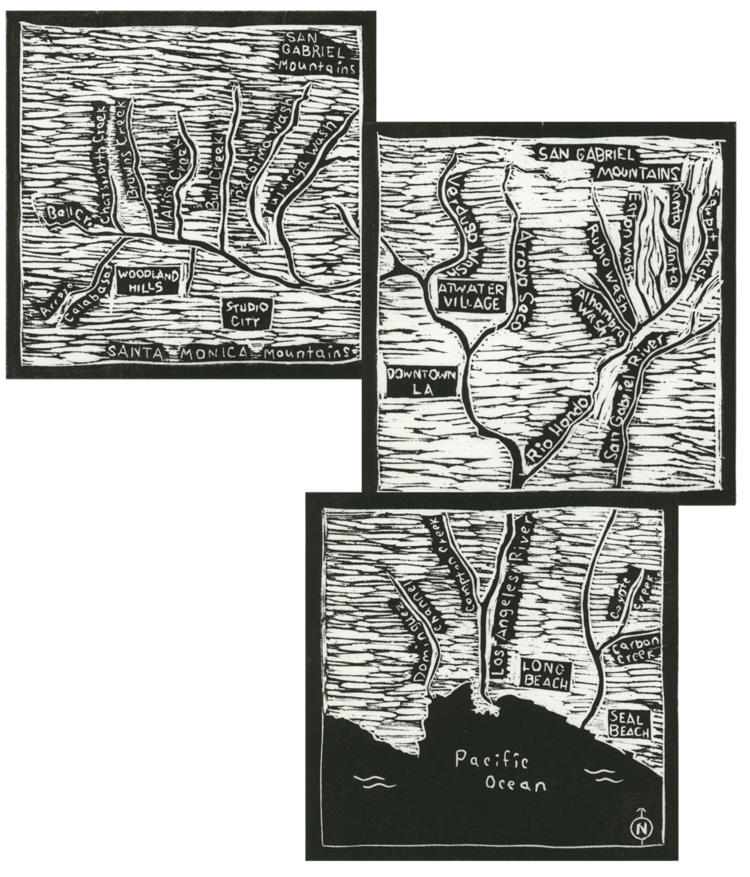I'm thrilled that Rare Window - Three Views Into Los Angeles is introducing dearantler's first guest artist, Diana Kohne, whose artistic style and name I really like. Why name, you ask? Jolly. Edith. Diana. JED. It's meant to be. Yes, I am a buck who appreciates a nod of acknowledgment every now and then.
Rare Window is a collection of disparate insights into one of the world's most alluring cities, an iconic destination that has been mythologized endlessly in film and literature, a metropolis with a climate so desirable that it thrives year-round day and night, a place where world-class beaches are a half-day's drive from the driest deserts and the tallest mountains. Los Angeles is also one of the most ethnically diverse places on the planet, a city where wealth and poverty are separated by a few short miles, where imagination and dreams are juxtaposed against life's realities.
Los Angeles is a tough nut to crack. Many have tried - Raymond Chandler, John Fante, Ed Ruscha, David Hockney and Paul Thomas Anderson to name a few - and many more will use their creativity to try to interpret what makes it tick. This month's show adds to this discourse in its own small way.
OK LA (Griffith Observatory). Acrylic, graphite on gessoed BFK paper.
An iconic landscape
Los Angeles manufactures popular culture that is disseminated and consumed worldwide through powerful symbols and iconography. Most of that iconography is abstract and fleeting, but architecture is a tangible, more permanent expression of it.
Jolly's OK LA series presents six individual works that combine to form a contiguous landscape dotted with iconic architecture in and around the city - including the Hollywood Bowl, Griffith Observatory and the Capitol Records building. The subjects float, nestled in a stylized version of the Santa Monica Mountains, allowing for an undisturbed view of these quintessential symbols of concrete and stone. The imagery is sparse and foreboding, the brushstrokes roughly textured, and the colors almost infernal at times. Viewing these works, one senses the tension between the perceived permanence of these nostalgic and iconic buildings, and the transitory nature of living in a land that constantly seeks change.
Los Angeles River and Its Tributaries 3. Linocut on rice paper.
A river landscape
Los Angeles was founded in 1781 when a colonial pueblo was established near the banks of the Los Angeles River. Before the city's modern-day incarnation, the river sustained native Tongva and other tribes for thousands of years. Until the early twentieth century, the river provided the city with its primary water source. The advent of imported water beginning 100 years ago, coupled with a series of deadly and destructive floods, rendered the river a nuisance and ushered in drastic flood-control measures that turned the LA River more into a constructed channel than a natural waterway. In recent years, strong interest in revitalizing the river and its 51 miles has emerged.
But how can environmental, social and economic outcomes be balanced when varied and at times clashing interests have a stake in the process, and when the river flows through multiple jurisdictions?
Edith's Los Angeles River and Its Tributaries series maps the river in three parts, disconnecting it into pieces. This highlights the challenges of reconciling the three goals of sustainability and the so-called "triple bottom line" - environment, equity and economy. Reconciling the detachment that the city has traditionally had to the river and its tributaries (which are largely unknown to the city's residents) may not be as easy as putting the prints together into a cohesive whole, but as a buck who likes to get a drink of water at the river, I find this to be a thought-provoking start.
1901 San Fernando Road. Gouache, india ink on gessoed paper.
A rooftop landscape
Though often perfectly visible, we tend to disregard functional elements in the urban landscape. Perhaps that's because urban designers take care to call our attention to form rather than function, or maybe it's because we've trained our eyes to not see the less appealing aspects of a given view. Yet we rely on this "invisible" infrastructure to deliver the comforts of modernity that we take for granted - electricity, water, telecommunication, heating and cooling.
Diana Kohne's From Above series elevates these often unnoticed but critically important elements which serve us everyday. Inspired by industrial Los Angeles, these works imbue the prosaic with new meaning. You'll never look at a telephone wire the same way again.
"How Well Do You Know LA?" Contest
Answer the following questions by April 20 for your chance to win one of the prints shown above. Three winners will be chosen at random. Submit your answers by clicking here and enter the subject line "LA contest."
Who is the architect of the Ennis House? Name one other project in the LA area by this architect.
Where does the LA River begin? Be as specific as possible.
Name the building in the photo below.
Credit: LA Public Library Archives



































